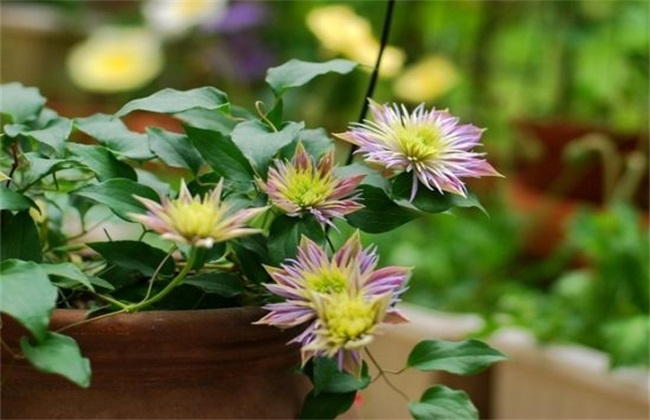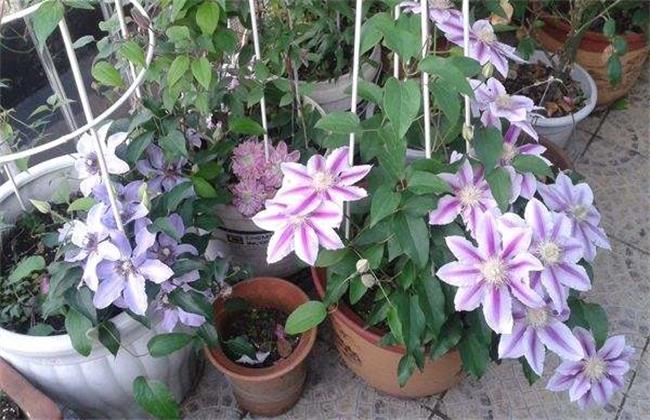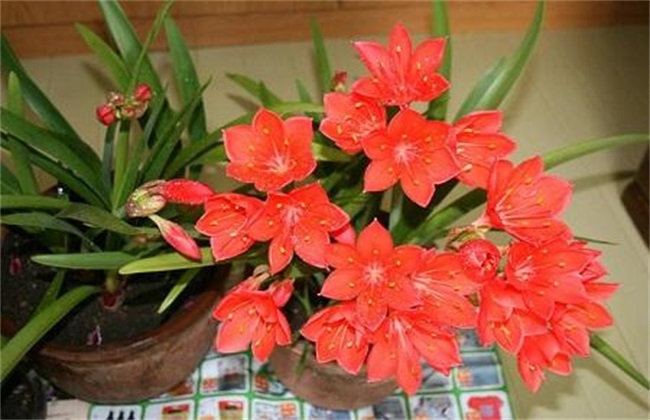Pruning methods of Clematis
Clematis is a common flower plant in China, which has a large planting area. Clematis can not only be cultivated in the garden for ornamental use, but also can be used as medicine mainly in the root, which can treat adverse urination, abdominal distension and other problems. When planting clematis, we need to prune clematis plants. So the editor brings you the method of pruning clematis today. Let's take a look at it together.

Pruning time
When clematis is pruned, the pruning time is very important. It should be pruned at the end of winter and the beginning of spring. Because after entering the winter, not only the temperature is relatively low, the air is also relatively dry. As a result, the branches of Clematis will gradually dry up, and coupled with the severe cold, some of the branches may be frozen to death. Therefore, we must pay attention to the pruning time, and finally, if the wind is strong in winter, the dead branches should be fixed and pruned after the temperature picks up in spring.
2. Pruning method
1. The first type of pruning
When pruning clematis, we should divide them into three types according to their growth. The first type of pruning is mainly aimed at some clematis that bloom early or have not been planted for a long time. This kind of clematis usually blossoms on old branches, each pedicel has a flower, and it only blossoms but does not branch. Therefore, we should cut off the pedicels and residual flowers after flowering. Branches can be cut off or not according to the actual situation, and the impact is usually not too great.
2. The second type of pruning
The main purpose of the second kind of pruning is to speed up the flowering speed of the old branches so that the old branches can blossom as soon as possible. At the same time, to improve the flowering rate of late flowers, it is popular to make the branches of the previous year blossom at the end of spring, and the branches of the same year can blossom at the end of summer. Therefore, we should prune clematis in late winter and early spring while clematis are still dormant. Some branches were retained and strong cutting was carried out every few years to promote Clematis to sprout more lateral buds and improve its flowering rate.
3. The third type of pruning
The third type of pruning is mainly aimed at some varieties of late flowers. Clematis, a variety of late-flowering clematis, usually blossoms at the end of summer. Therefore, if we want to increase the flowering rate of this kind of clematis, we should cut off all the branches at the end of winter. Keep the full buds of about 3 nodes in the lower part of the plant. In this way, it can increase the number of new branches and buds and ensure that they can bloom normally at the end of summer.
The above is a brief introduction to clematis pruning methods. That's all for today's introduction. This article is for reference only. I hope it can help you all.
Related
- Fuxing push coffee new agricultural production and marketing class: lack of small-scale processing plants
- Jujube rice field leisure farm deep ploughing Yilan for five years to create a space for organic food and play
- Nongyu Farm-A trial of organic papaya for brave women with advanced technology
- Four points for attention in the prevention and control of diseases and insect pests of edible fungi
- How to add nutrient solution to Edible Fungi
- Is there any good way to control edible fungus mites?
- Open Inoculation Technology of Edible Fungi
- Is there any clever way to use fertilizer for edible fungus in winter?
- What agents are used to kill the pathogens of edible fungi in the mushroom shed?
- Rapid drying of Edible Fungi



